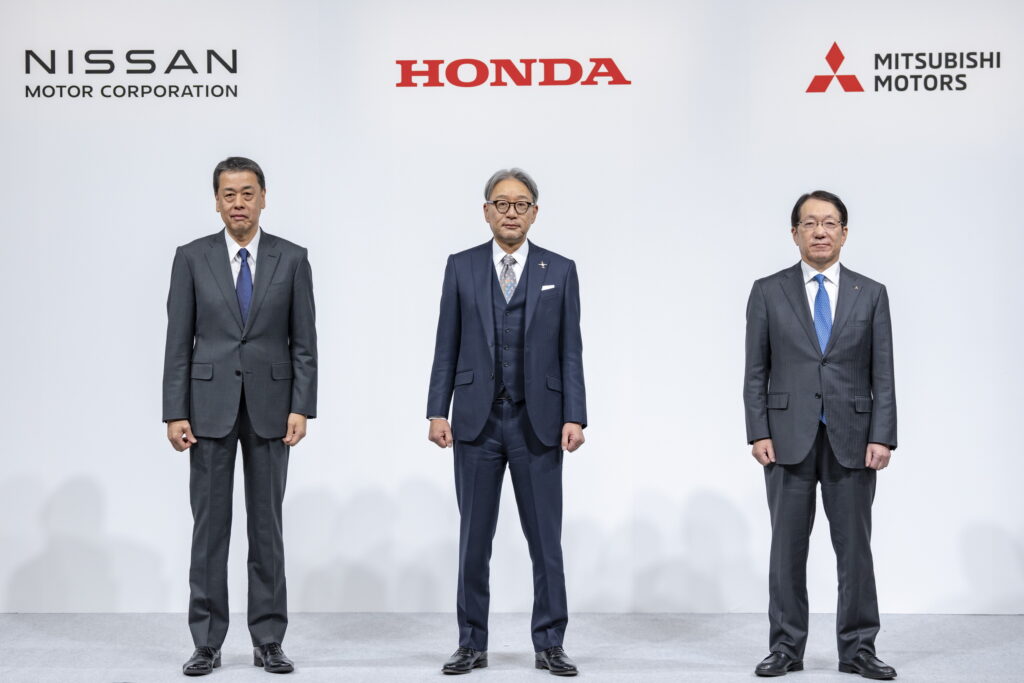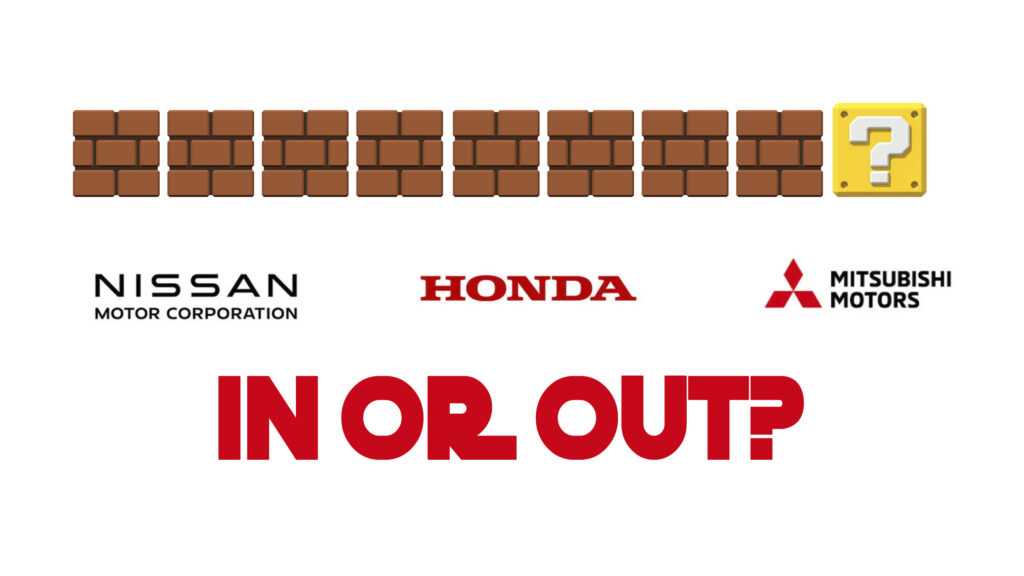- Mitsubishi is still none the wiser as to whether they’ll be part of the Nissan-Honda merger.
- Nissan has stated that it’s prepared to sell its shares back to Mitsubishi Corp.
- Honda is waiting for Nissan’s turnaround plan, which has a deadline of the end of January.
One of the hottest topics in the automotive industry right now is the planned merger between Honda and Nissan. While observers continue to argue the merits and risks, it’s arguably one of the largest joining of hands since Daimler-Chrysler. Investors will hope things go much smoother than the German-American “marriage” for the Japanese rivals-turned-potential-bedfellows.
While no one expected this complex and multilayered merger to be a straightforward affair, there’s the added question of what happens to Mitsubishi. The three-pointed diamond is at a crossroads, and with plans taking longer than anticipated, its future hangs in the balance.
The Mitsubishi Hokey Cokey
The Honda-Nissan merger is far from a done deal. In fact, reports claim that Honda has given Nissan executives until the end of January to come up with a solid plan to get back to profitability.
Read: Honda Pushes Nissan To Buy Renault’s Stake But Can It Afford $3.6 Billion?
This leaves Mitsubishi in an extended “in-out” game of hokey cokey, as they wait for Nissan to come up with its restructuring plan first. Initially, it was reported that Mitsubishi would be exiting stage left, although President and CEO of Mitsubishi Motors, Takao Kato, later said that “nothing was decided.”

What is clear is that the deliberations are long and, for Honda, painful, with Nikkei Asia reporting that a company executive said that things were “moving too slowly.”
Nissan is currently the largest shareholder in Mitsubishi Motors, holding a 34 percent stake. Nissan has also disclosed that it’s prepared to sell back a portion of these shares to Mitsubishi Motor’s second largest investor, Mitsubishi Corp., who currently holds 20 percent.
To Invest Or Not To Invest
While Honda waits for Nissan to propose their turnaround, if the merger were to go ahead, it would involve the two automakers forming a joint holding company. If Mitsubishi stays as part of the fold, then the holding company could invest directly in Mitsubishi, but it would likely be prevented from becoming a wholly-owned subsidy so as to retain the use of the three diamond logo — rights for that comes from Mitsubishi Motors being a part of the Mitsubishi Group.
A second option would be for Nissan to maintain the status quo of being the largest shareholder in Mitsubishi Motors. The third is for Nissan to sell its interests in Mitsubishi and focus on its own course as part of a new partnership with Honda.
Whatever happens, the road ahead for all three companies is muddied with murky potholes throughout. And with Nissan holding up deliberations as it cuts thousands of jobs and makes sweeping cost-cutting changes, the future of a significant part of Japan’s automotive industry is very much in their hands.





